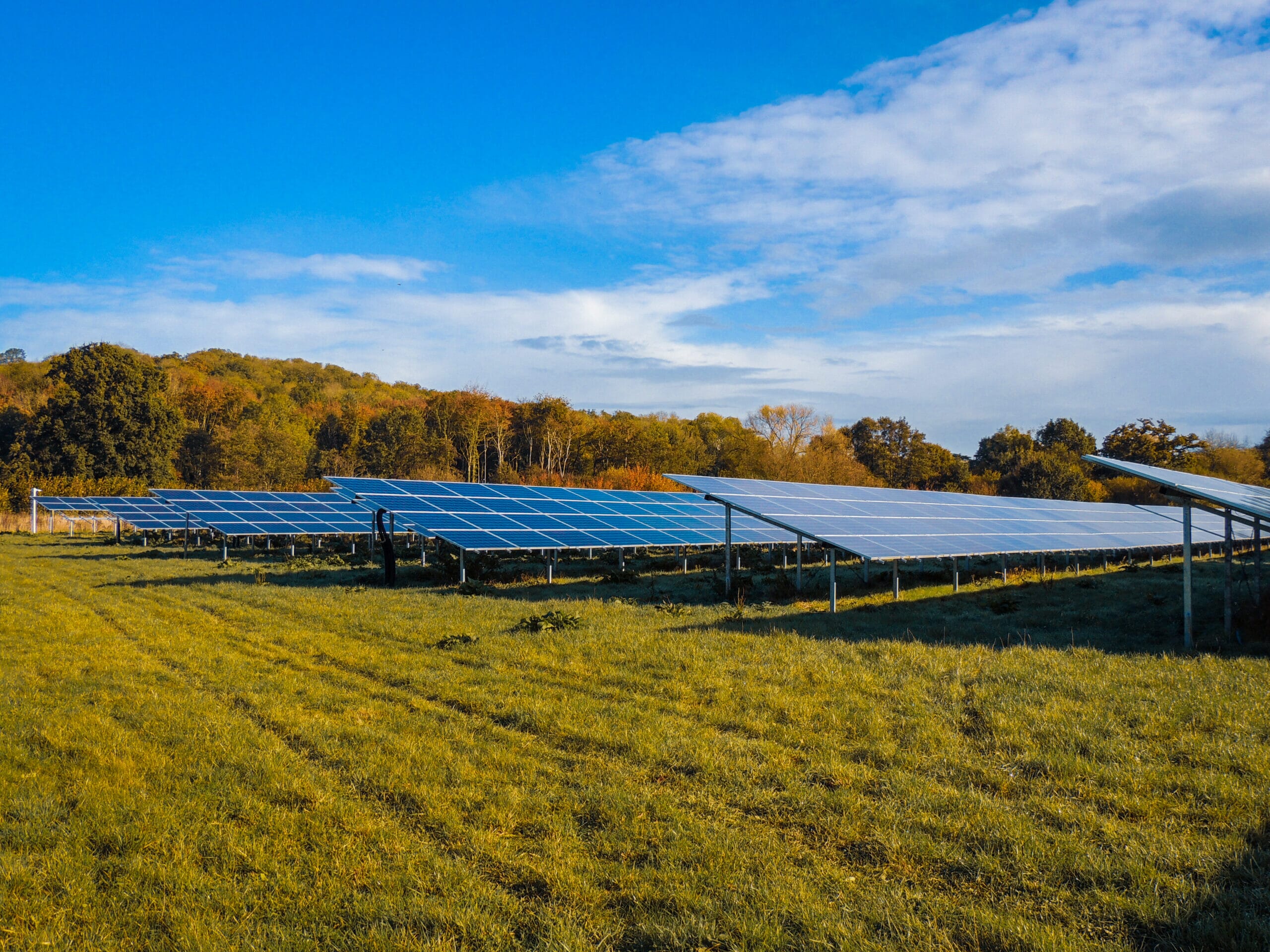Introducton
Novus are planning to develop, construct and operate a solar project at Tolldish Hall Farm, north east of Aldermans Green. The site would be able to generate 25MW of electricity, enough to power 7,091 homes.
The site has been carefully selected and designed through a detailed assessment process considering grid availability, heritage, landscape & amenity, ecology & environmental designations, access, and agricultural land quality. We have engaged a team of expert consultants to provide advice on the project.
We submitted our planning application to Nuneaton and Bedworth Borough Council in October 2022.
We have engaged with the Council and statutory consultees through their pre-application planning advice service.
The iterative design process has informed a layout which provides a buffer from adjacent land uses and potential receptors of the site whilst benefiting from mature and effective established screening minimising visual impact. Additional planting of hedgerow and woodland is proposed to further screen the site.
A public footpath passes through the western part of the site, the fences have been set back to provide a ‘green lane’ with further planting and a new native hedgerow.
The layout plan includes the reinstatement of fragmented hedgerows and offsets from ponds and sensitive ecological habitats.
The solar farm will be made suitable for grazing within the fenced area and seeded with an appropriate grassland mix. The margins of the site outside the fence can be used for other habitat enhancements such as wildflower seeding which will boost the biodiversity both on and off site.






